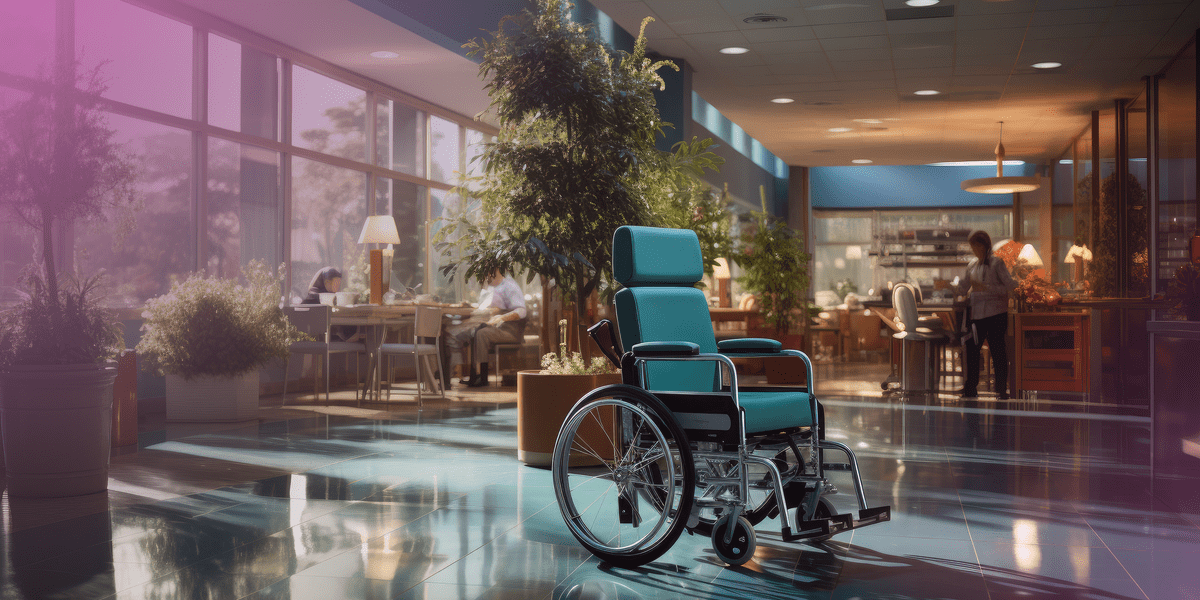
Australian’s are big-time internet users. In April 2011, figures released by The Australian Bureau of Statistics stated that the number of internet users in Australia has climbed to 10.4 million – a 10 per cent increase on the previous six months alone (as at December 2010). The intensity of internet use by Australians is amongst the highest in the world. Despite our relatively small population, Australia is ranked sixth globally in terms of the total number of internet users. Social media growth has also continued to boom. Facebook announced last August that it had 9.5 million subscribers in Australia which equates to about 65% of internet social media use in Australia.
The introduction of the internet has changed people’s relationships with information. It has changed the way we conduct research, the way we share information and the way we argue for argument’s sake (who hasn’t settled a dispute with three little words… “let’s Google it”?). It has revolutionised the way we deal with being sick. Who remembers swine flu? According to SEO specialist, Gary Eckstein, Swine influenza was “the first pandemic since the widespread sharing of information via the Internet.”
Studies entitled “The Social Life of Health Information” were conducted by the PEW Research Centre (California) in 2009 and 2011. These studies confirm that the number of people using the internet to diagnose their illnesses is on the increase. This method of diagnosis is so popular; there is now a name for it: “Cyberchondria”. But thankfully, despite all the online activity, it has been established that the internet will not replace health-care practitioners.
The PEW studies from 2009 and 2011 have revealed that although doctors, nurses, and other health professionals continue to be the first port of call for most people with health concerns, searching for health information online (including seeking advice from peers) has significantly risen. Social media is playing a much larger part in monitoring the health of friends and loved ones. Although this study is based on US findings, as a country with high internet usage per capita, Australia can somewhat relate to these results.
Today, three-quarters of US adults (74%) use the internet and, of those, many participate in an online conversation about health.
For example:
- 86% of all adults ask a health professional, such as a doctor.
- 80% of internet users have looked online for information about any one of 15 health topics, such as a specific disease or treatment.
- 34% of internet users have read someone else’s commentary or experience about health or medical issues on an online news group, website, or blog.
- 14% of internet users have signed up to receive email updates or alerts about health or medical issues.
- 6% of internet users have posted comments, questions or information about health or medical issues on a website of some kind, such as a health site or news site that allows comments and discussion.
- 5% of internet users have posted health-related comments, questions, or information in an online discussion, a list serve, or other online group forum.
- 4% of internet users have posted such comments, questions or information on a blog.1
In 2009, 74% of American adults used the internet, 57% of American households had broadband connections and 61% of adults looked online for health information. When American adults were asked the question “Thinking about all the sources you turn to when you need information or assistance in dealing with health or medical issues, please tell me if you use any of the following sources…”
- 86% of all adults ask a health professional, such as a doctor.
- 68% of all adults ask a friend or family member.
- 57% of all adults use the internet.
- 54% use books or other printed reference material.
- 33% contact their insurance provider.
- 5% use another source not mentioned in the list.
In 2011 when asked about the last time they had a health issue:
- 70% of adults in the U.S. say they received information, care, or support from a health professional.
- 54% of adults said they turned to friends and family.
- 20% of adults said they turned to others who have the same health condition. 2
When comparing the figures from the 2009 study to more recent 2011 study, one finds the findings are not dissimilar even though there are more internet users than ever before.
The bottom line is that even with the increase in mobile and online opportunities, most adults’ search for health information remains rooted in the offline world. Most people will turn to a doctor, friend, or family member when they have a health question. The internet plays an emergent but still supplemental role in the diagnosis and treatment of health concerns. Health professionals around the globe can collectively breathe a sigh of relief knowing that their well respected roles in society are safe. Besides, I have it on good authority that the Internet has a questionable bedside manner.

